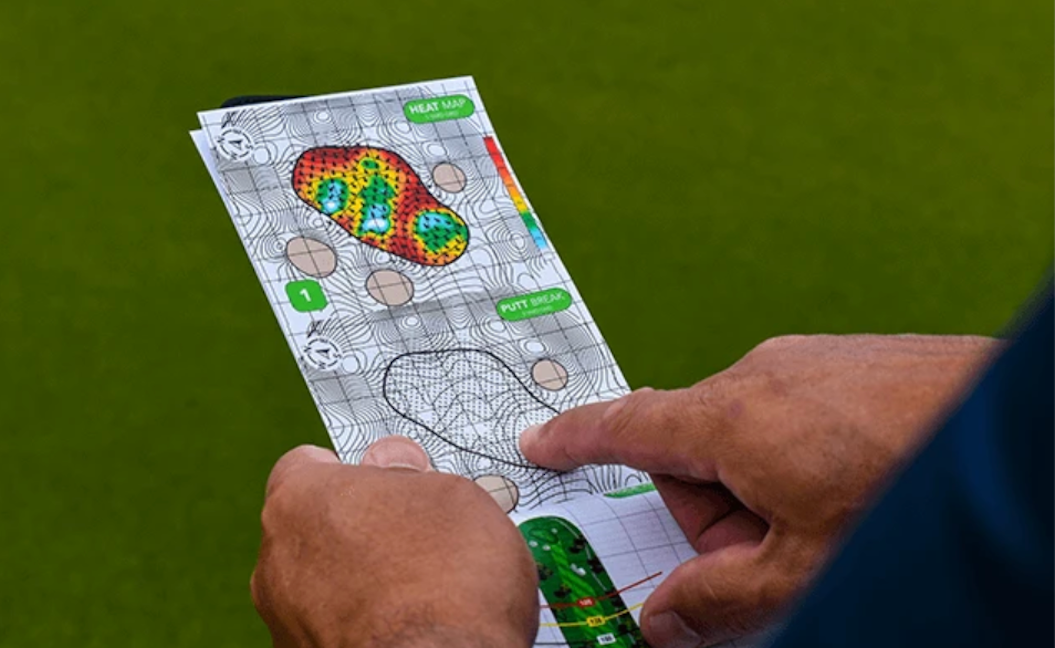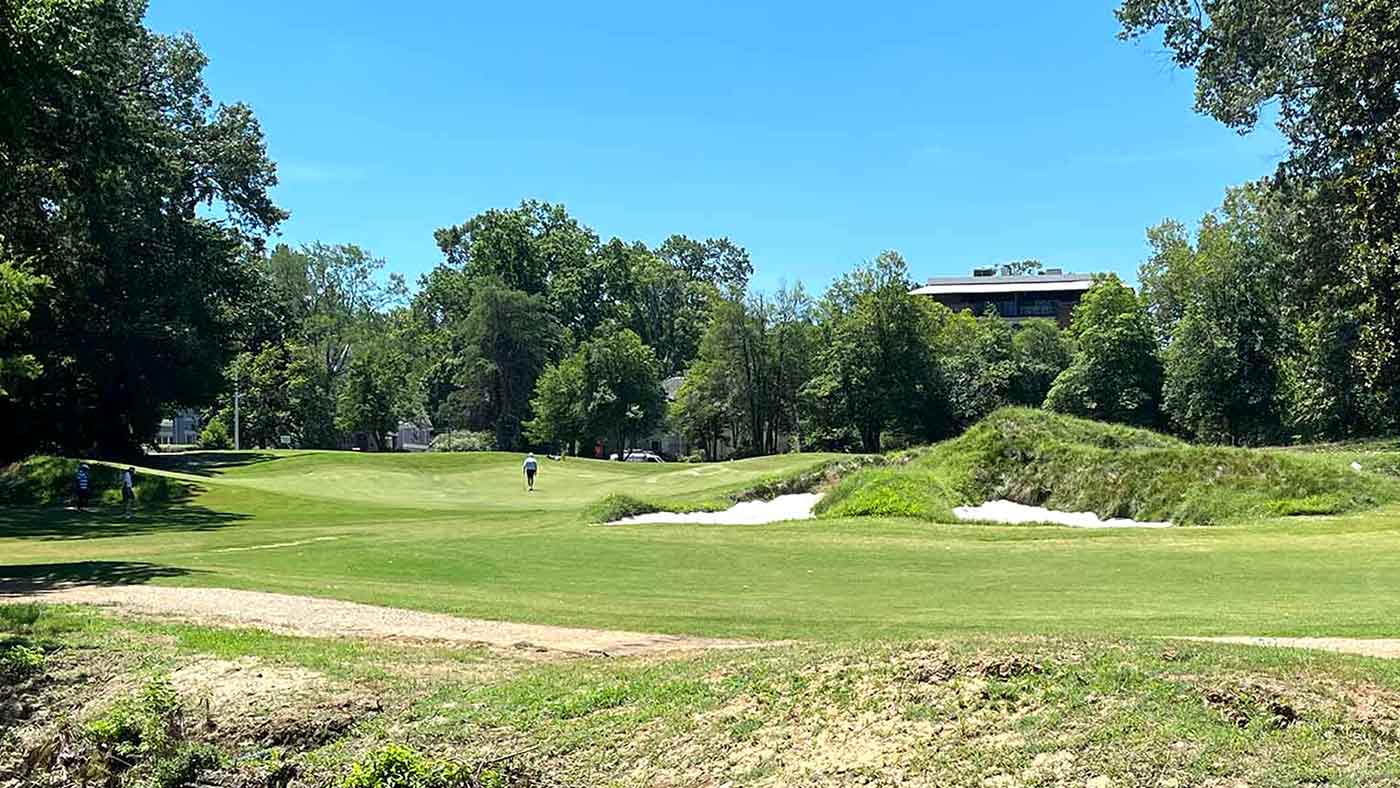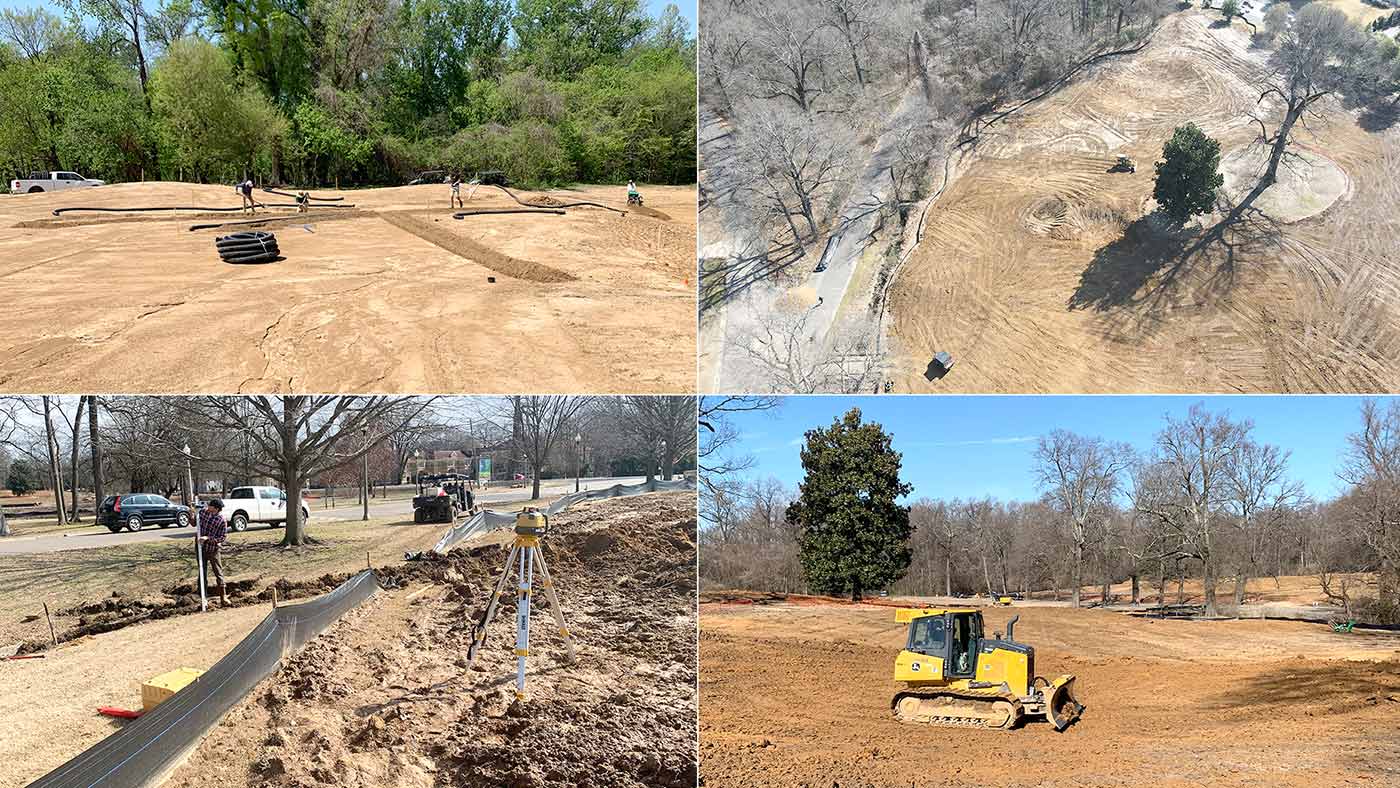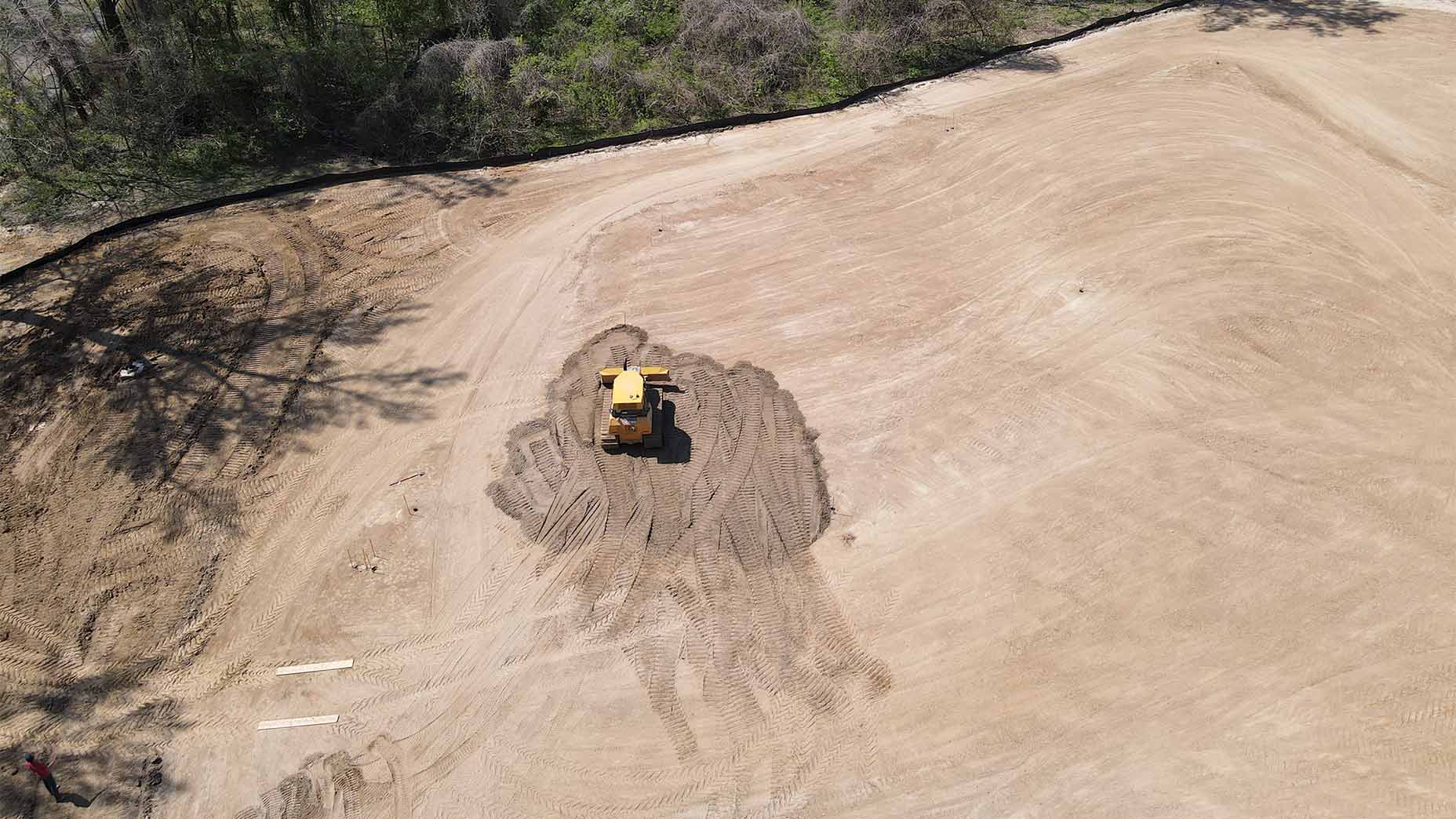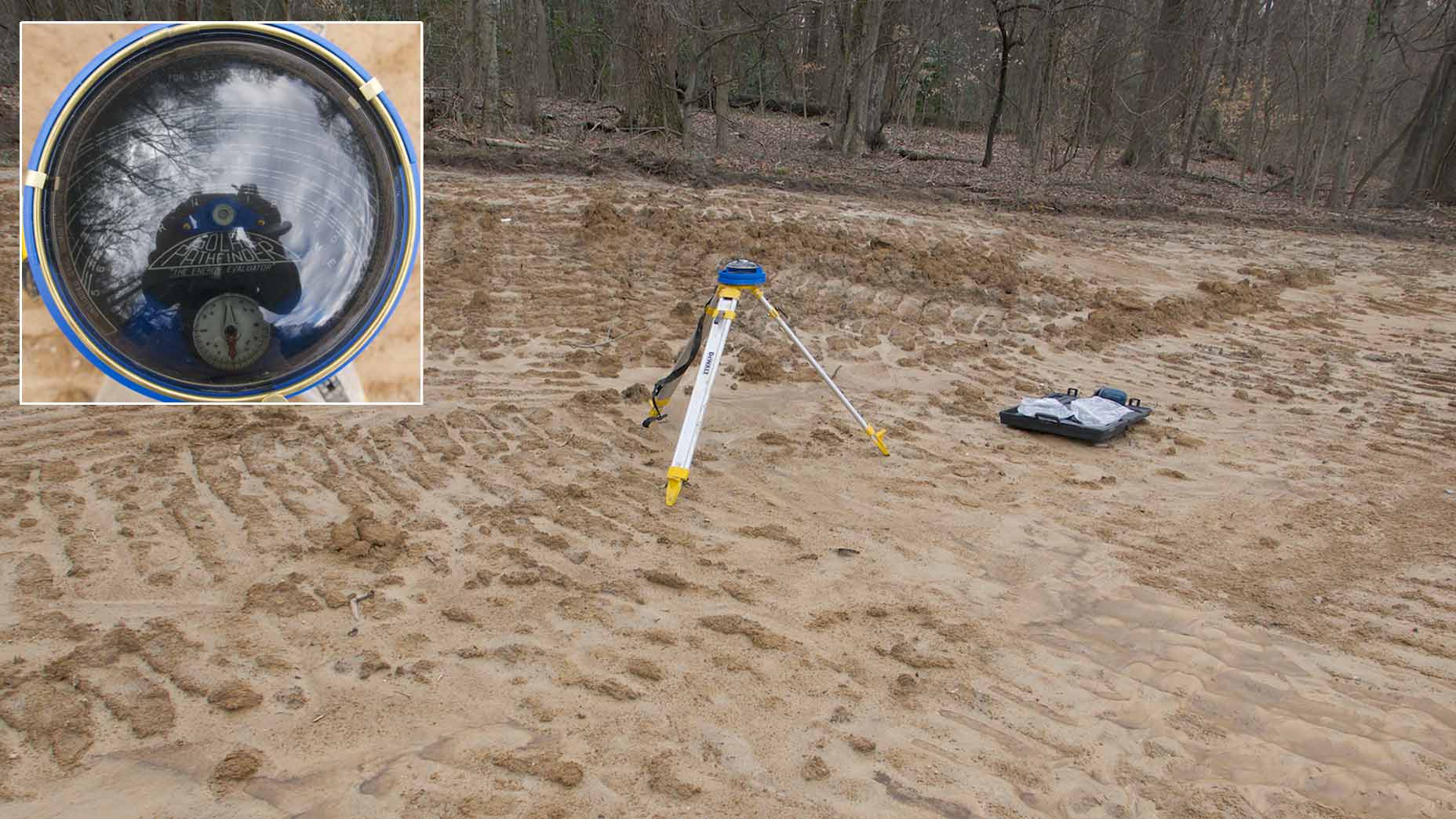6 things you learn when building a golf course in the middle of a city
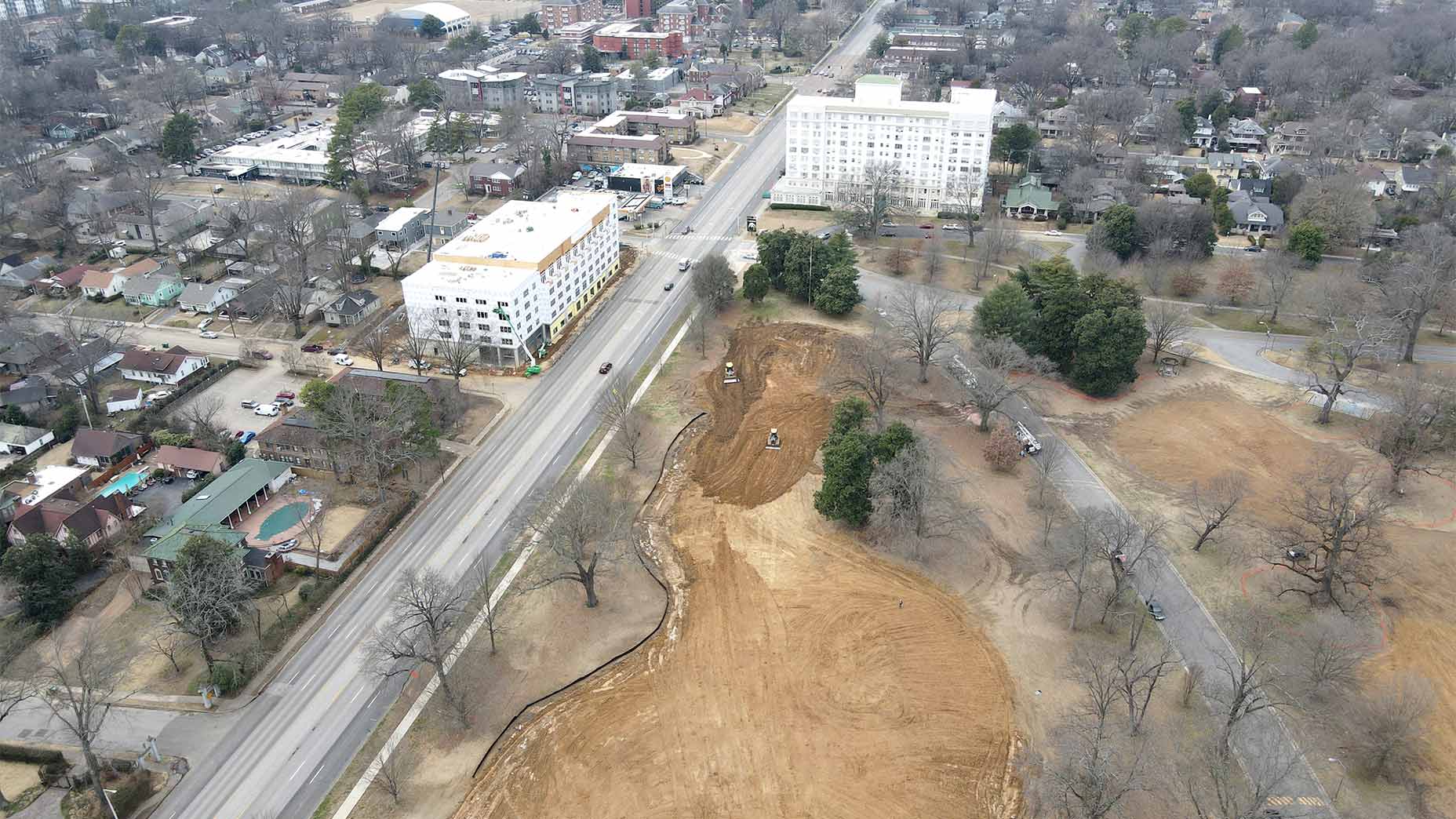
An overhead view of Overton Park in Memphis, Tenn.
Desi Isaacson
Ed note: GOLF contributor and architecture nut Desi Isaacson cut his design teeth as an intern for King-Collins Golf on their redesign of Overton Park, a nine-hole muni in Memphis, Tenn. How are courses actually built? What moves are made behind the scenes? Here, in Dirt Diaries, we’ll pull back the curtain on how design decisions come to life.
Previous installments: How drainage pipes are installed | What’s a bury pit? | The genius device that helps position greens | When building golf courses, some changes must be made on the fly | The 9 steps to finishing a new green
***
The Overton Park golf course is unique for a lot of reasons. Looking at an aerial map, you might be confused exactly where the golf course is even located. After playing the first two holes, it’s a hike through the forest to get to 3 and 4, and then you need to cross another road for 5, 6 and 7, another road to 8, and a final road to 9.
Around all of this is either walking trails, dog parks, open picnic fields or busy roads. Overton Park is a booming spot full of foot and vehicle traffic. There’s plenty of room for golf to be played, but the logistics of getting it built among all that can be a challenge. Every move we made was with careful consideration. Here are a few of the things I learned along the way.
Moving equipment
Maybe this is obvious, but I never realized bulldozers and excavators with metal tracks were too heavy to travel over streets without damaging them. This isn’t a concern at a course like Sweetens Cove or Landmand where it’s all one piece of land, but our disjointed course in the middle of the park meant we needed to move equipment over roads and around obstacles constantly.
To get a bulldozer across the road, we had to grab large tires and lay them down one after another across the street. We didn’t have enough to get all the way across, so it turns into a relay system where once the bulldozer has crossed over a tire, we run that one to the front until it is all the way across. We try to do this as fast as possible, but there’s often a line of cars waiting for us to finish.
Along one edge of the course is a busy street called Poplar. We often had to drive heavy equipment onto Poplar to load them onto trucks, which can move them to other parts of the course. It was a constant struggle for our group of interns to find out who needs to go where, drag all the tires to the crossing point, and get them across the road. I never knew I’d enjoy heavy equipment with rubber tracks quite so much.
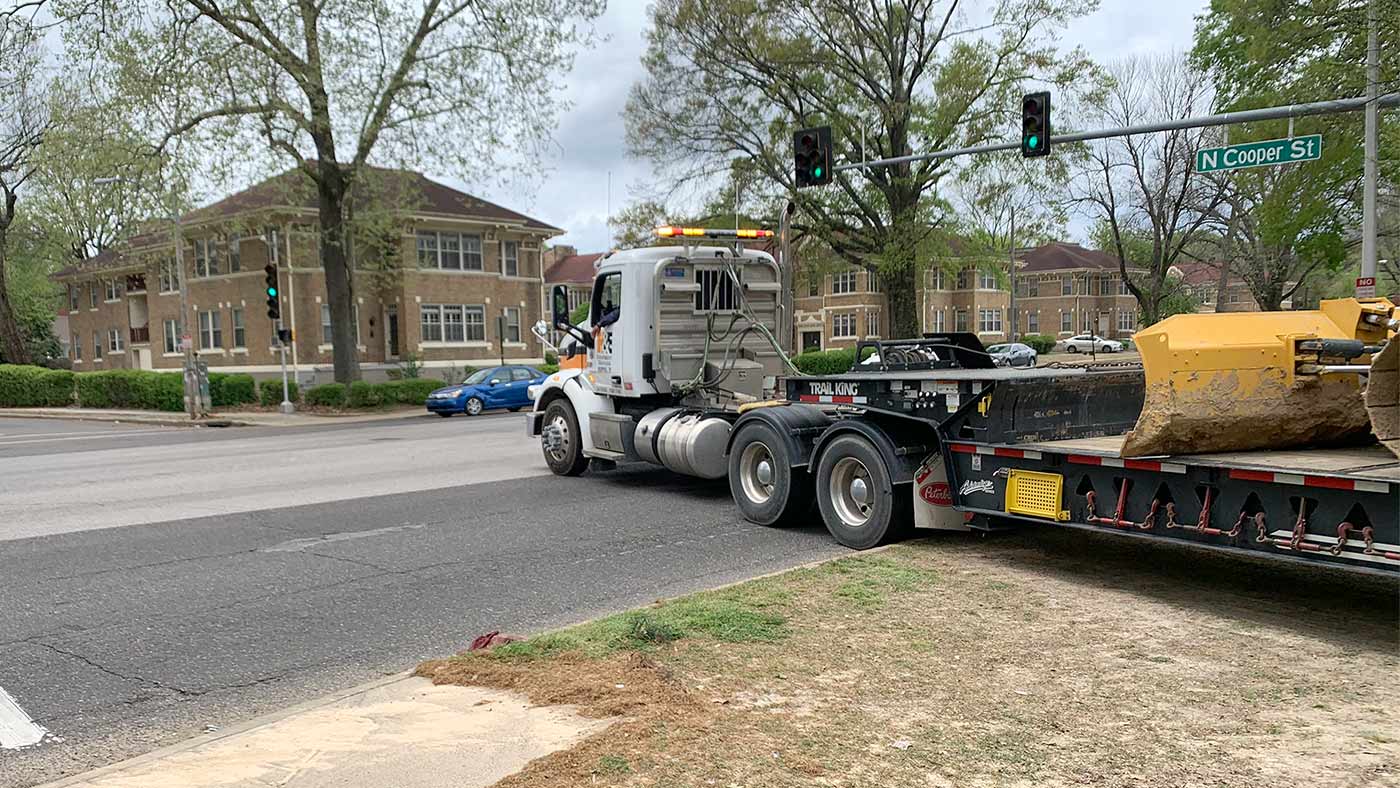
Cleaning up
Regardless of whether the dozer or excavator had metal or rubber tracks, they always left a trail of dirt and mud behind them on the road. This is a big no-no for us. It’s crucial to keep the dirt contained to the golf course (that’s part of the reason why we put up so much silt fence). Whether it’s the main road, a small street in the park, or even just a pedestrian way, we needed to clean up behind the machines each time they were moved. Sometimes it was quick. Other times not so much.
If our silt fence didn’t hold up and mud found its way onto the road, that was a big problem. A winter storm caused a few spots to fail and covered one road with mud for a 100-yard stretch. It took us hours of shoveling, air blowing and sweeping to get it looking manageable.
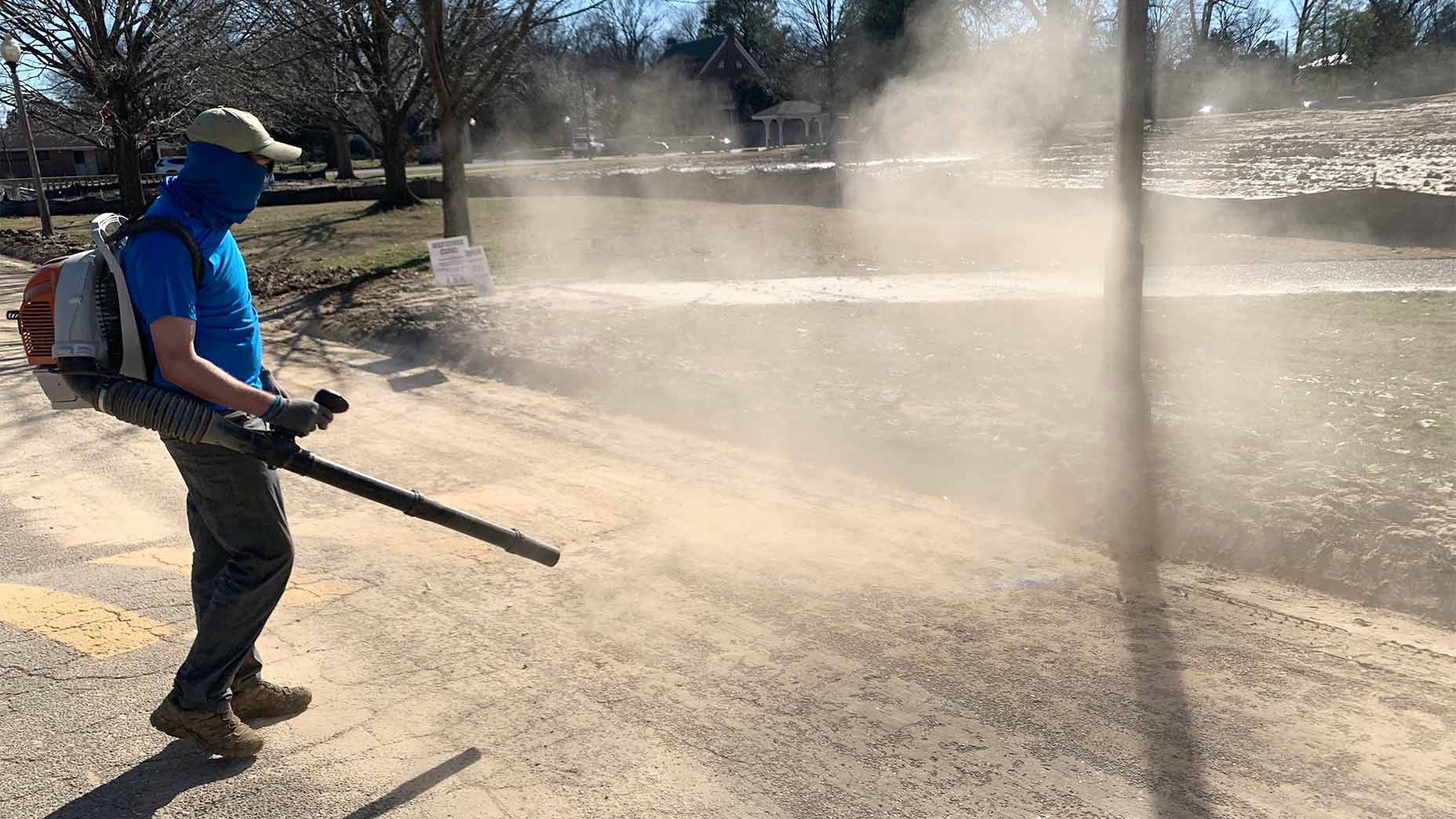
Being watched
There were always random people watching over our shoulders as we worked long 10-hour days. But it worked both ways. The park was great for people watching, with its cute dogs and silly kids, the latter we sometimes let sit on our equipment. I loved these moments. They made our project feel like it was a part of the community, something we are doing with and for Memphis.
Goodbye trees
I’m all for trees. I love trees. They give us oxygen and are beautiful and we should stop cutting down forests, but you know what trees can be bad for? Golf. We had to cut down several to improve the golf course, and many times people were not happy about it. Several others had to come down because arborists said they were dead and dangerous. Taking down trees was a hassle; we wouldn’t do it just for fun. The course meanders around a protected old-growth forest, but some people thought every tree in the park was protected. The truth is, there are boundaries, and we never touched a protected tree.
One morning, while taking down a Magnolia tree on the 5th fairway, one woman walked right up to us and said, “Surely you’re not taking down that beautiful Magnolia tree?” Several minutes later another woman walked by. She had a different opinion. “Take that f—er down! It catches my tee shot every time.”
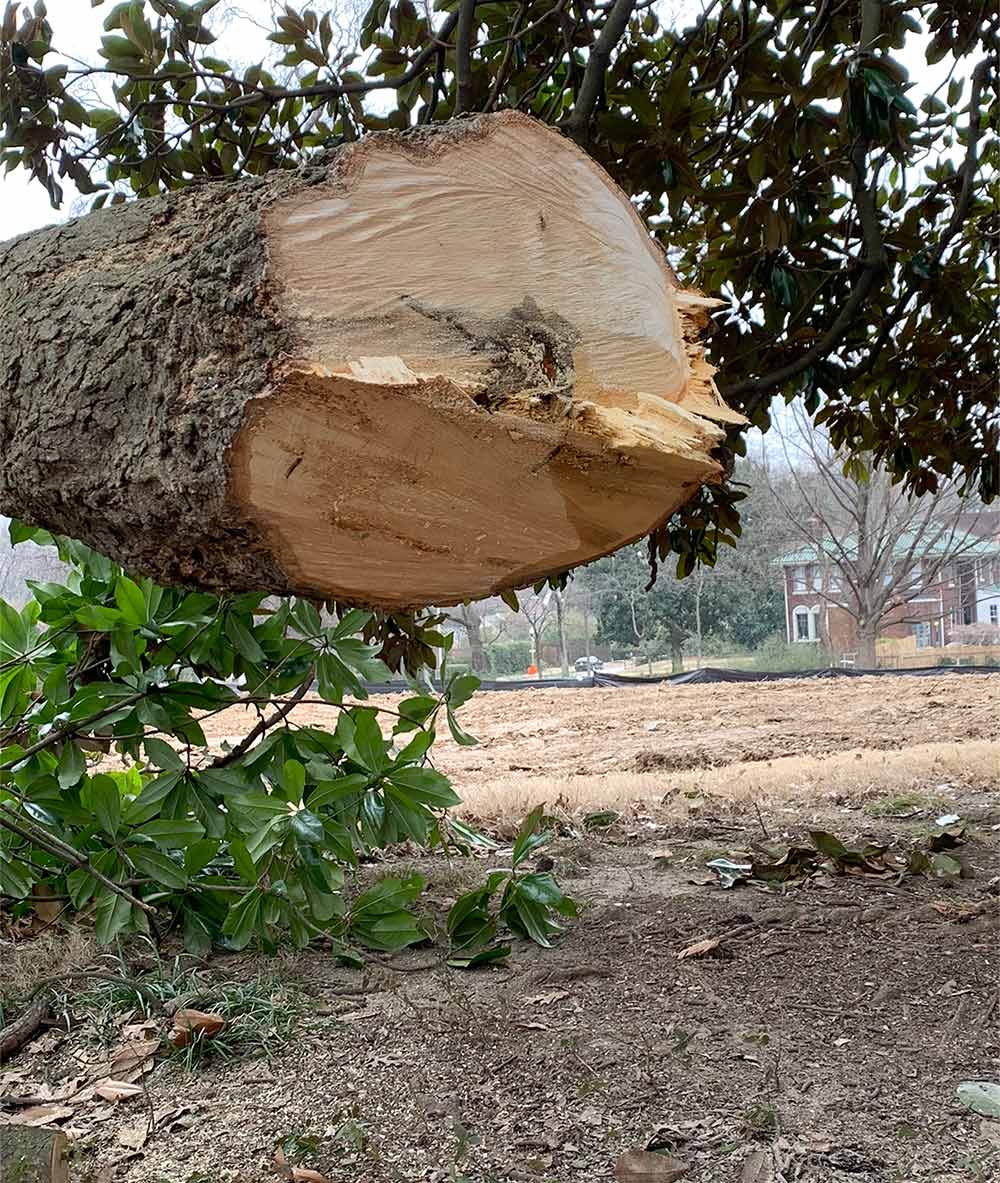
Keeping clear
With so many people around, we were always running around to put up signs for areas that were closed or dangerous. When equipment backed up or got near roads, we needed to be very mindful of keeping everyone far away and safe. Sometimes they paid no attention when we were chain-sawing down trees, oblivious that they could fall at any moment, or doing other things in which they should stay way. (Airpods made this even more difficult!)
The non-golfers
Surprise, but (gasp!) not everyone loves golf, and we heard about it sometimes. But we were building an affordable, public, municipal course, free for kids and cheap for everyone else. Maybe, in a perfect world, those who aren’t into the game will give it a try. The new-look Overton Park would be a great place to start.

